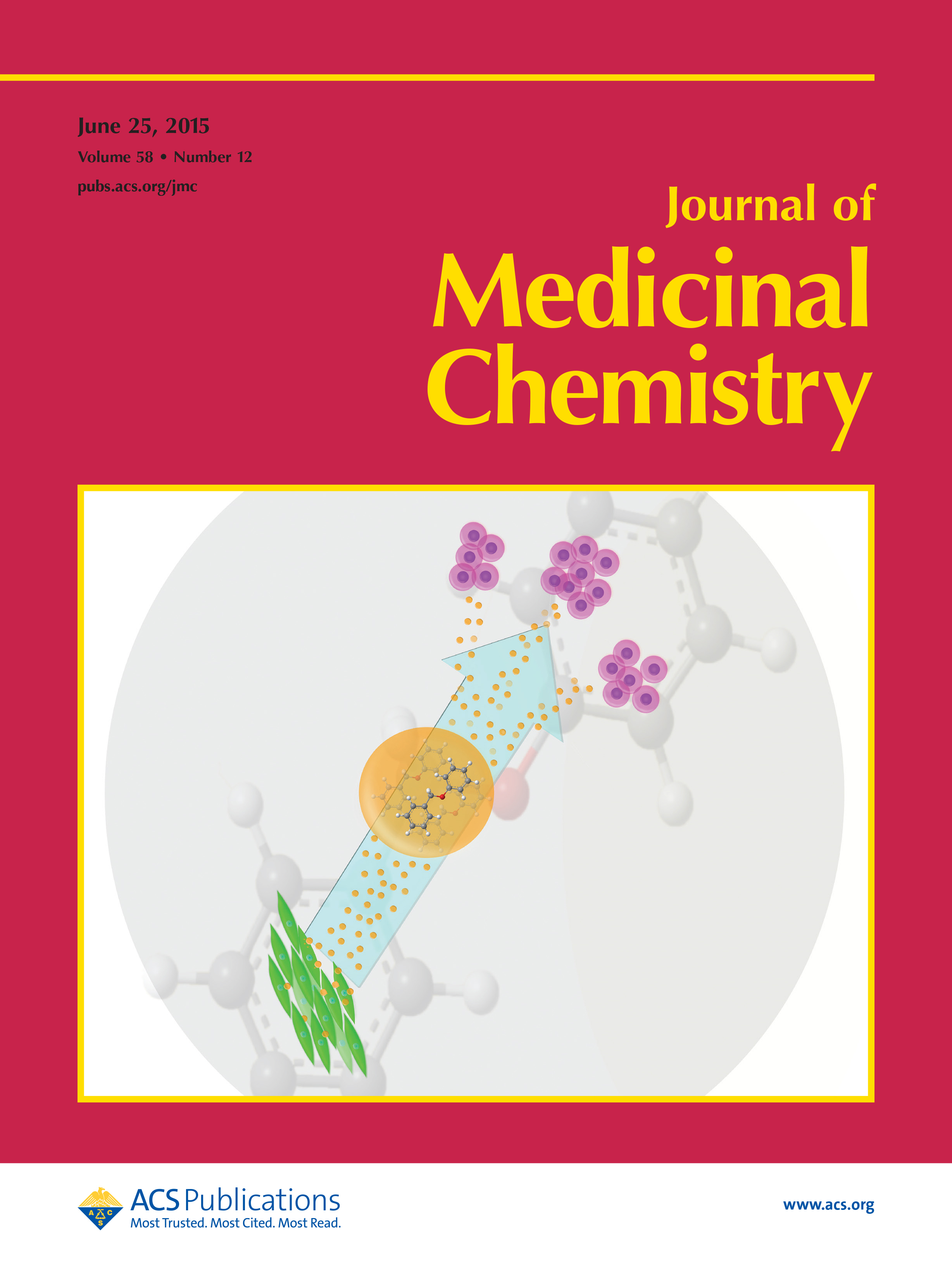Featured Paper of the Month – December 2015
Selfridge, Brandon R; Wang, Xiaohui; Zhang, Yingning; Yin, Hang; Grace, Peter M; Watkins, Linda R; Jacobson, Arthur E; Rice, Kenner C
Structure-Activity Relationships of (+)-Naltrexone-Inspired Toll-like Receptor 4 (TLR4) Antagonists. Journal Article
In: J Med Chem, vol. 58, no. 12, pp. 5038–5052, 2015, ISSN: 1520-4804 (Electronic); 0022-2623 (Linking).
@article{Selfridge2015,
title = {Structure-Activity Relationships of (+)-Naltrexone-Inspired Toll-like Receptor 4 (TLR4) Antagonists.},
author = {Brandon R Selfridge and Xiaohui Wang and Yingning Zhang and Hang Yin and Peter M Grace and Linda R Watkins and Arthur E Jacobson and Kenner C Rice},
url = {https://www.ncbi.nlm.nih.gov/pubmed/26010811},
doi = {10.1021/acs.jmedchem.5b00426},
issn = {1520-4804 (Electronic); 0022-2623 (Linking)},
year = {2015},
date = {2015-06-25},
journal = {J Med Chem},
volume = {58},
number = {12},
pages = {5038--5052},
abstract = {Activation of Toll-like receptors has been linked to neuropathic pain and opioid dependence. (+)-Naltrexone acts as a Toll-like receptor 4 (TLR4) antagonist and has been shown to reverse neuropathic pain in rat studies. We designed and synthesized compounds based on (+)-naltrexone and (+)-noroxymorphone and evaluated their TLR4 antagonist activities by their effects on inhibiting lipopolysaccharide (LPS) induced TLR4 downstream nitric oxide (NO) production in microglia BV-2 cells. Alteration of the N-substituent in (+)-noroxymorphone gave us a potent TLR4 antagonist. The most promising analog, (+)-N-phenethylnoroxymorphone ((4S,4aR,7aS,12bR)-4a,9-dihydroxy-3-phenethyl-2,3,4,4a,5,6-hexahydro-1H-4,12-meth anobenzofuro[3,2-e]isoquinolin-7(7aH)-one, 1j) showed approximately 75 times better TLR-4 antagonist activity than (+)-naltrexone, and the ratio of its cell viability IC50, a measure of its toxicity, to TLR-4 antagonist activity (140 muM/1.4 muM) was among the best of the new analogs. This compound (1j) was active in vivo; it significantly increased and prolonged morphine analgesia.},
keywords = {},
pubstate = {published},
tppubtype = {article}
}
Activation of Toll-like receptors has been linked to neuropathic pain and opioid dependence. (+)-Naltrexone acts as a Toll-like receptor 4 (TLR4) antagonist and has been shown to reverse neuropathic pain in rat studies. We designed and synthesized compounds based on (+)-naltrexone and (+)-noroxymorphone and evaluated their TLR4 antagonist activities by their effects on inhibiting lipopolysaccharide (LPS) induced TLR4 downstream nitric oxide (NO) production in microglia BV-2 cells. Alteration of the N-substituent in (+)-noroxymorphone gave us a potent TLR4 antagonist. The most promising analog, (+)-N-phenethylnoroxymorphone ((4S,4aR,7aS,12bR)-4a,9-dihydroxy-3-phenethyl-2,3,4,4a,5,6-hexahydro-1H-4,12-meth anobenzofuro[3,2-e]isoquinolin-7(7aH)-one, 1j) showed approximately 75 times better TLR-4 antagonist activity than (+)-naltrexone, and the ratio of its cell viability IC50, a measure of its toxicity, to TLR-4 antagonist activity (140 muM/1.4 muM) was among the best of the new analogs. This compound (1j) was active in vivo; it significantly increased and prolonged morphine analgesia.

